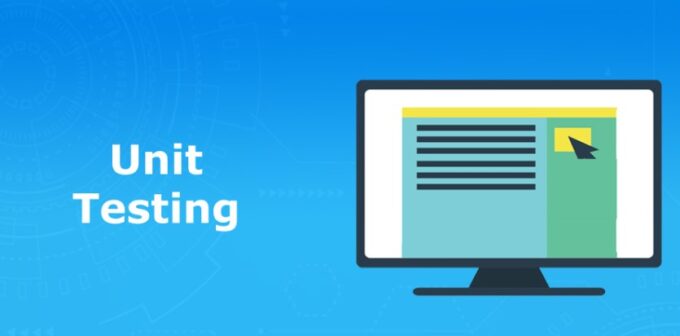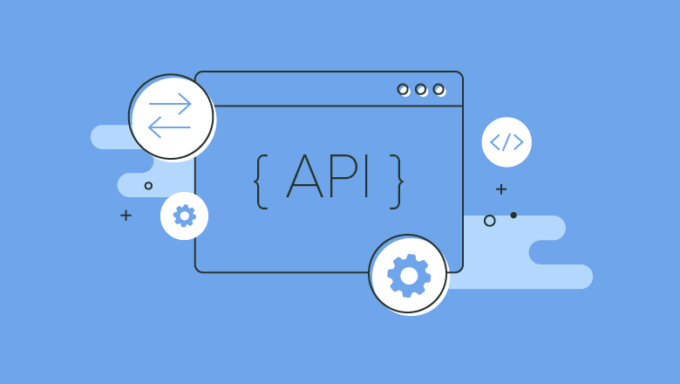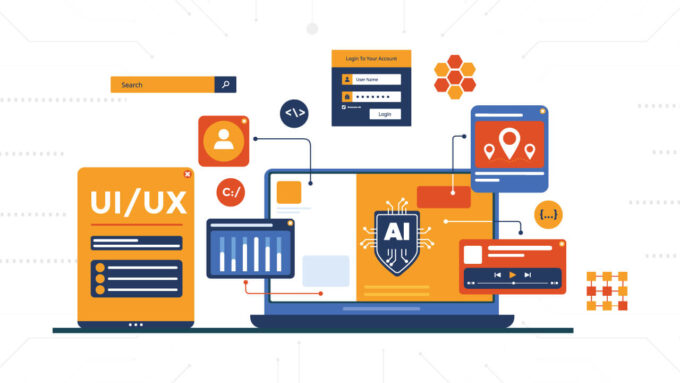Test automation is most effective when applied as a part of an effective strategy. Since the advent of test automation in the 2000s with the emergence of Selenium and WebDriver, testing experts have developed numerous strategies, including Behavior-Driven Development (BDD), Keyword-Driven Testing, Data-Driven Testing, Cross-Browser Testing, Parallel and Distributed Testing, and many others. Some of them can be successfully used together, while others are based on a specific methodology that cannot be mixed with other approaches. One of the most common test automation strategies, known as the Test Automation Pyramid, is discussed in this article.
What Is the Test Automation Pyramid?
The Test Automation Pyramid is an approach to structuring test automation introduced by Mike Cohn to provide an effective framework for prioritizing and organizing different testing techniques which can be automated.
According to Cohn, the ideal distribution in automated tests includes three levels based on their abstraction while each of them has its unique characteristics and purposes. Find test automation on: https://www.executiveautomats.com/
Unit Tests – the Pyramid’s Foundation

Source: educba.com
Unit tests, which focus on evaluating the performance of individual independent software components such as functions, methods, classes, and modules, form the base of the pyramid. Ideally, unit tests should be created by developers and executed during the development process. When using ERP and CRM systems, companies must run unit tests for all customizations and other changes to standard functionality which was provided by the original developers of their software.
Starting test automation with unit tests helps companies identify the root causes of many potential problems that can impact areas assessed by higher-level tests. In addition, unit tests can provide quick feedback and identify issues early, and because of their minimal dependencies, such tests are also very reliable.
API Testing – the Middle Layer
The middle layer of the Test Automation Pyramid includes API tests, sometimes referred to as service tests. These tests are more abstract compared to unit tests, which focus on the code itself. API tests validate the interactions between components of a software system, with an emphasis on integration points.
API tests are more comprehensive than unit tests when it comes to assessing the functionality of the overall system and looking at it as a whole. Some of the issues that can be identified with this type of testing are integration errors and bottlenecks, issues related to data flow and communication between software components.
UI Tests – the Top of the Pyramid

Source: headspin.io
UI tests provide the most realistic representation of user-software interactions because they simulate the way users work with applications. They evaluate the behavior of the entire system, focusing on the simultaneous work of multiple system components.
At the same time, UI tests are particularly vulnerable because they depend on changes in both the user interface and the underlying infrastructure.
The Shape of the Test Automation Pyramid
Cohn chose to use a pyramid as a representation of a balanced approach to automated testing because it also shows the proportions of different types of tests that should be used to build an effective strategy. While unit tests are the foundation, Cohn recommends putting the most effort into their execution and maintenance. At the same time, the methodology suggests spending the fewest resources on UI testing. In fact, maximizing effort on unit tests greatly minimizes the amount of work required to maintain a well-functioning UI and API layer of the software.
Additionally, a pyramidal distribution of test tasks is also very helpful for increased test stability, maintainability, and speed of test execution.
The Limitations of the Test Automation Pyramid

Source: codemotion.com
The Test Automation Pyramid has the potential to significantly reduce maintenance effort, increase test coverage, improve software quality, and increase overall testing efficiency. However, it also has certain limitations that should be considered before using this methodology. The problems with the Test Automation Pyramid concern its top part or UI testing.
Obviously, there is a large disproportion between the scope of UI testing and other types of testing in this approach. Reduced UI testing can be beneficial to organizations as it can reduce testing costs, but this can also limit test coverage including testing certain user scenarios or edge cases.
Although the test automation pyramid considerably reduces the number of tests UI, their automation still requires expensive preparation. Whether an organization plans to use an open-source framework that requires extensive support from professional developers or invests in a no-code solution that can be implemented and used with minimal involvement from testers, it still requires resources. For this reason, organizations that would like to automate testing according to the Test Automation Pyramid should consider purchasing multifunctional testing solutions, such as Executive Automats, that support several types of testing, rather than focusing exclusively on UI or unity testing. Otherwise, this may prove to be cost-inefficient.
Implementing the Test Automation Pyramid in Practice
Although the strategy of the Test Automation Pyramid provides effective guidelines for organizations helping them to effectively prioritize automated testing, it is critical to be aware of an organization’s unique requirements. A variety of factors should be considered before deciding to adopt the framework used in the Test Automation Pyramid.
For example, the type of the tested software itself is of primary importance in selecting the areas that need the most testing. In some cases, critical areas may require UI testing rather than unit testing, and the ratio provided by the original pyramid strategy may require modification. The resources available in the organization and the urgency of testing also play a major role in choosing the best testing approach.







